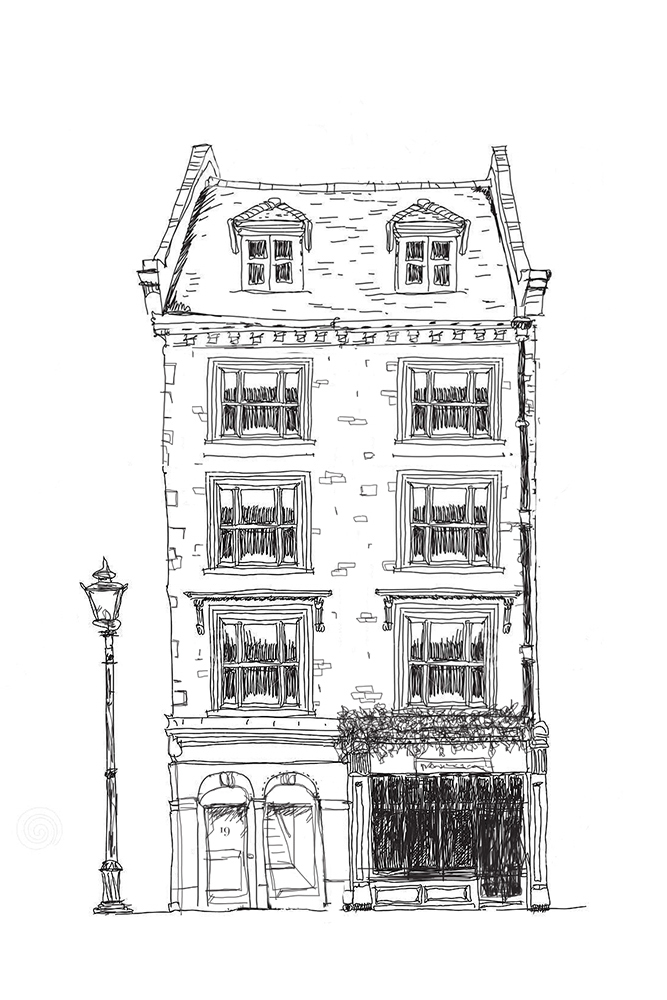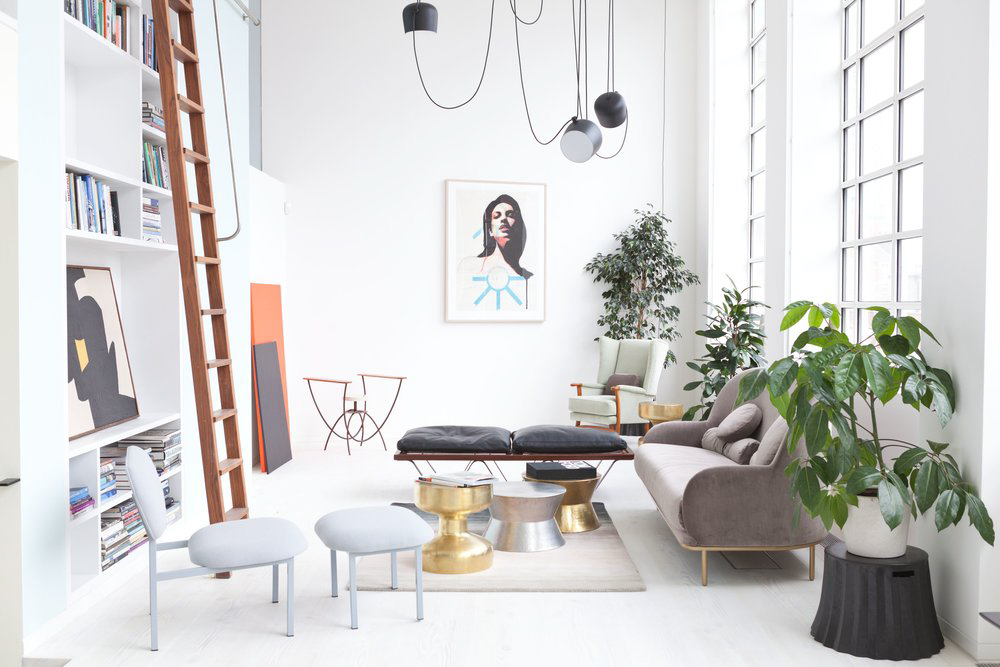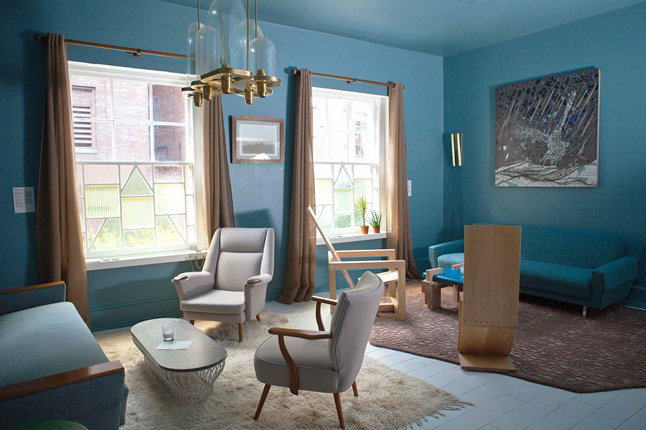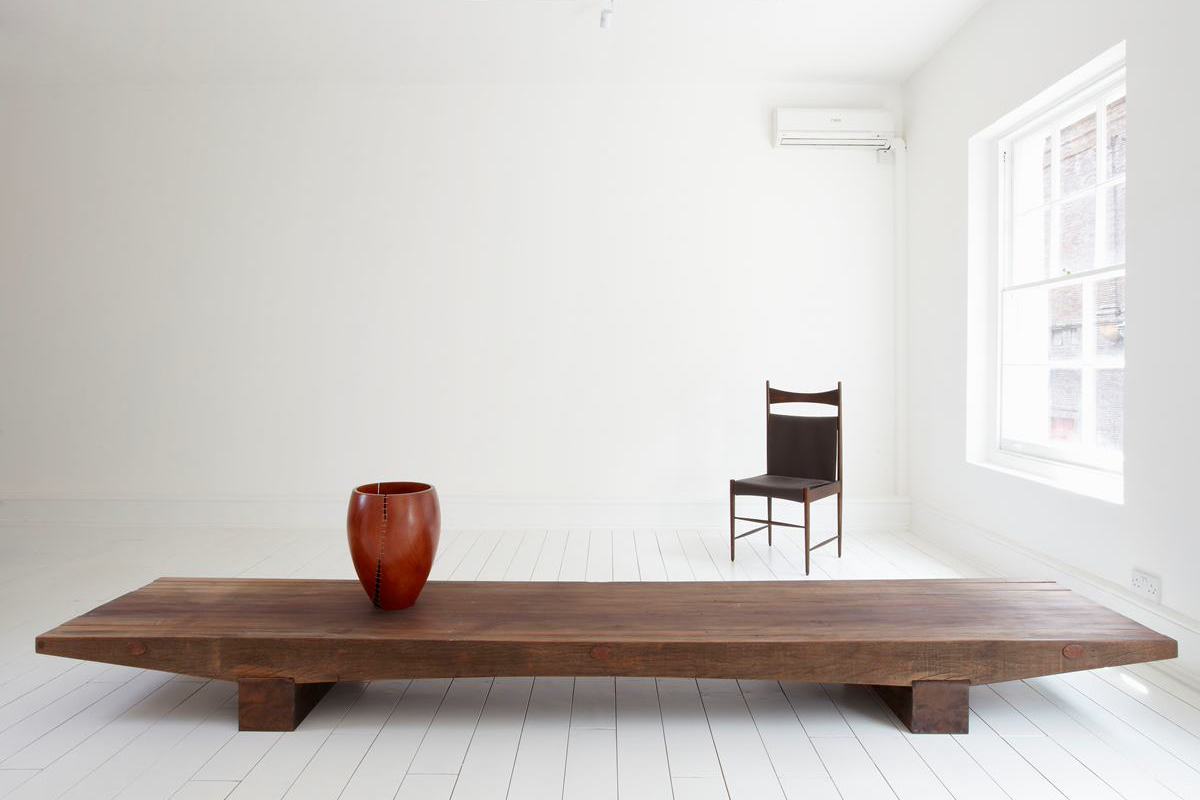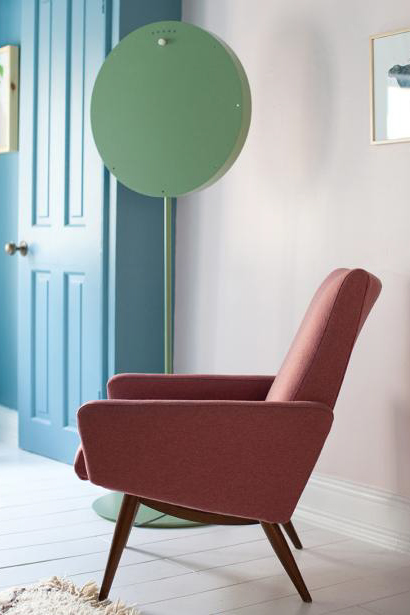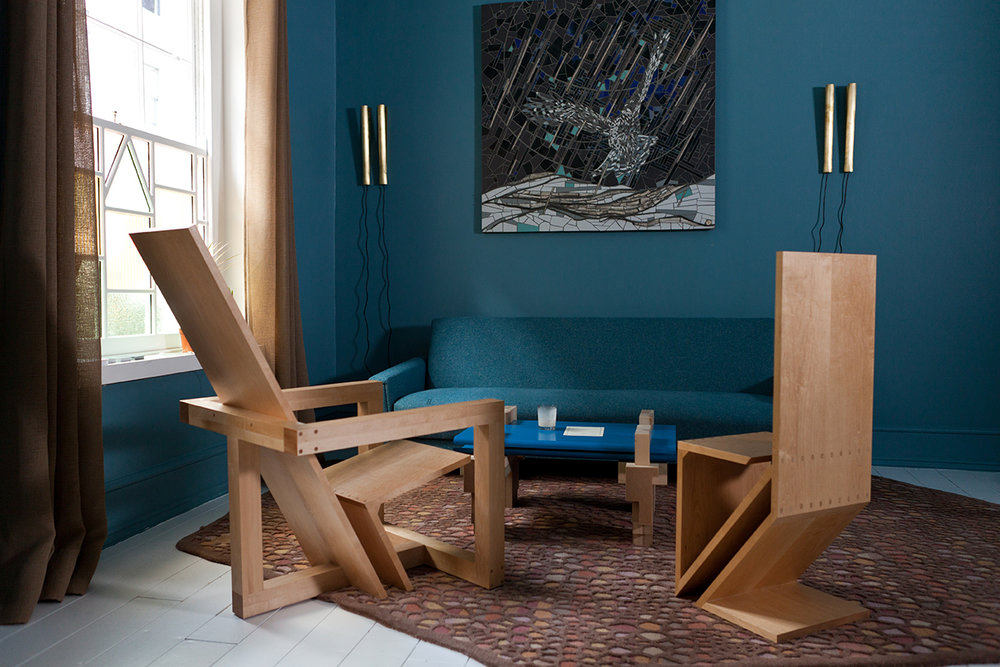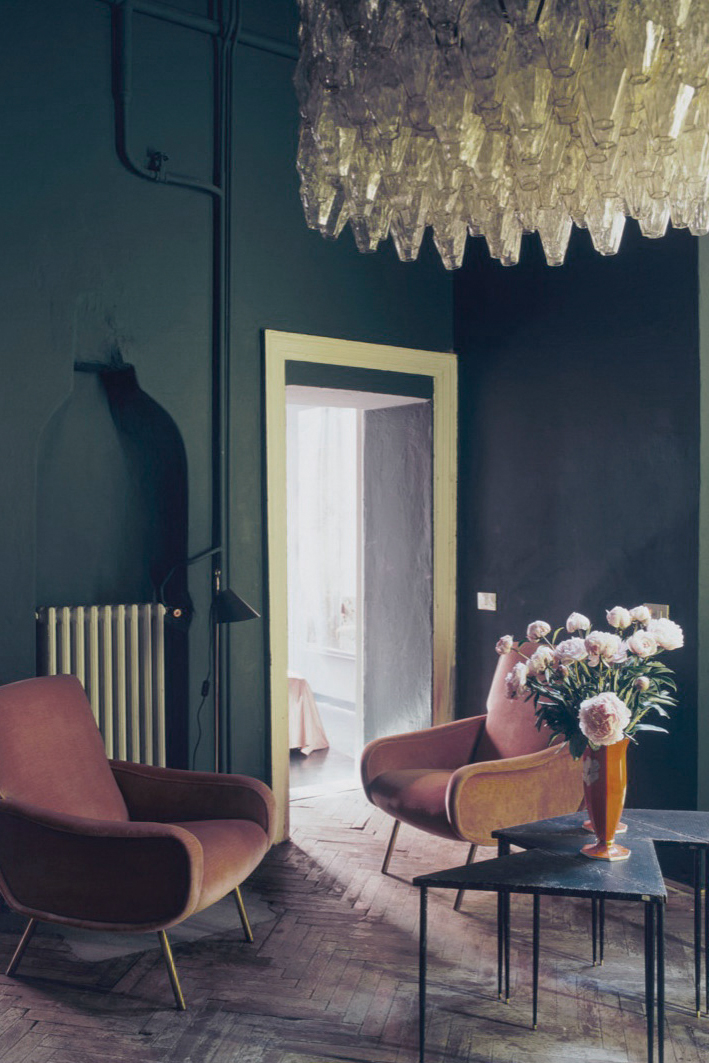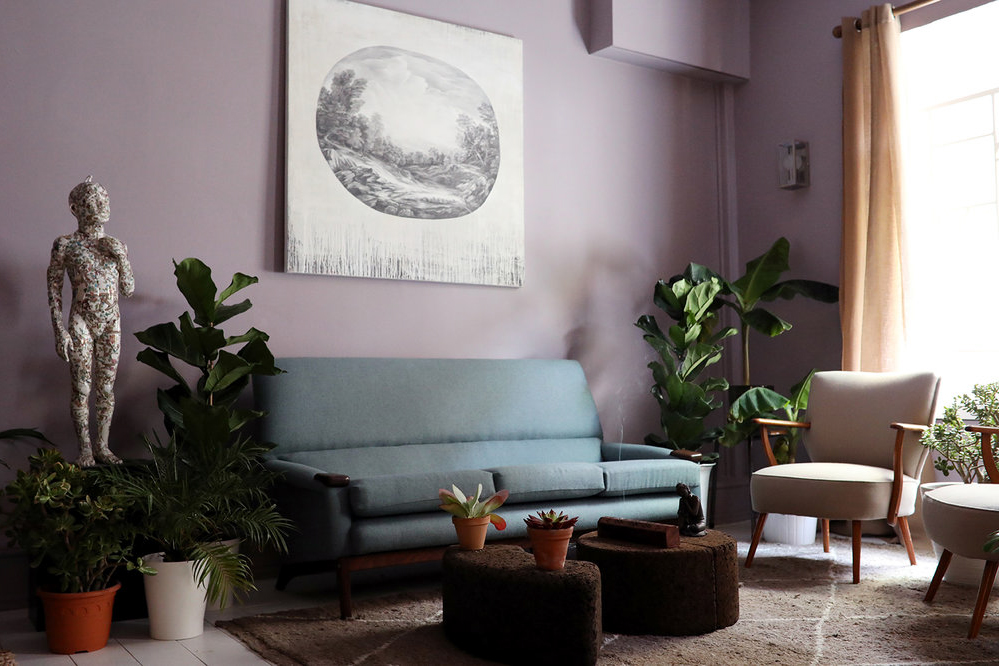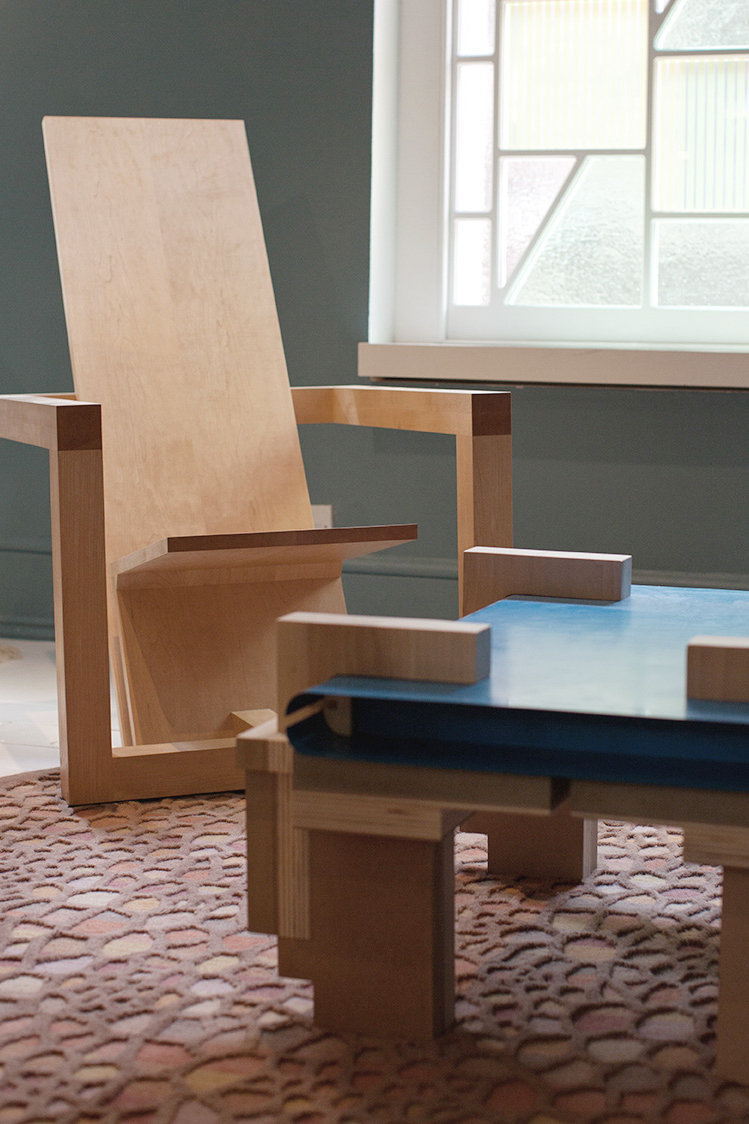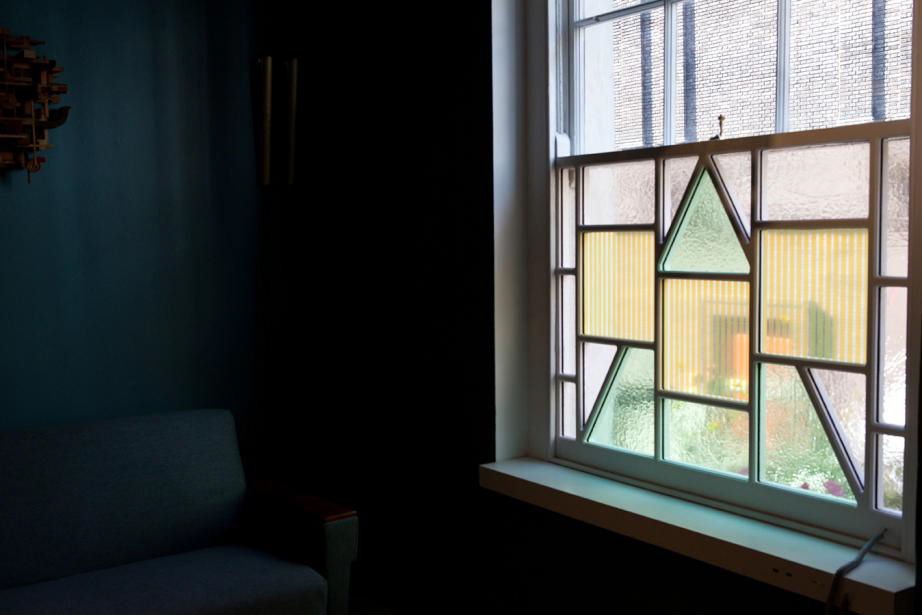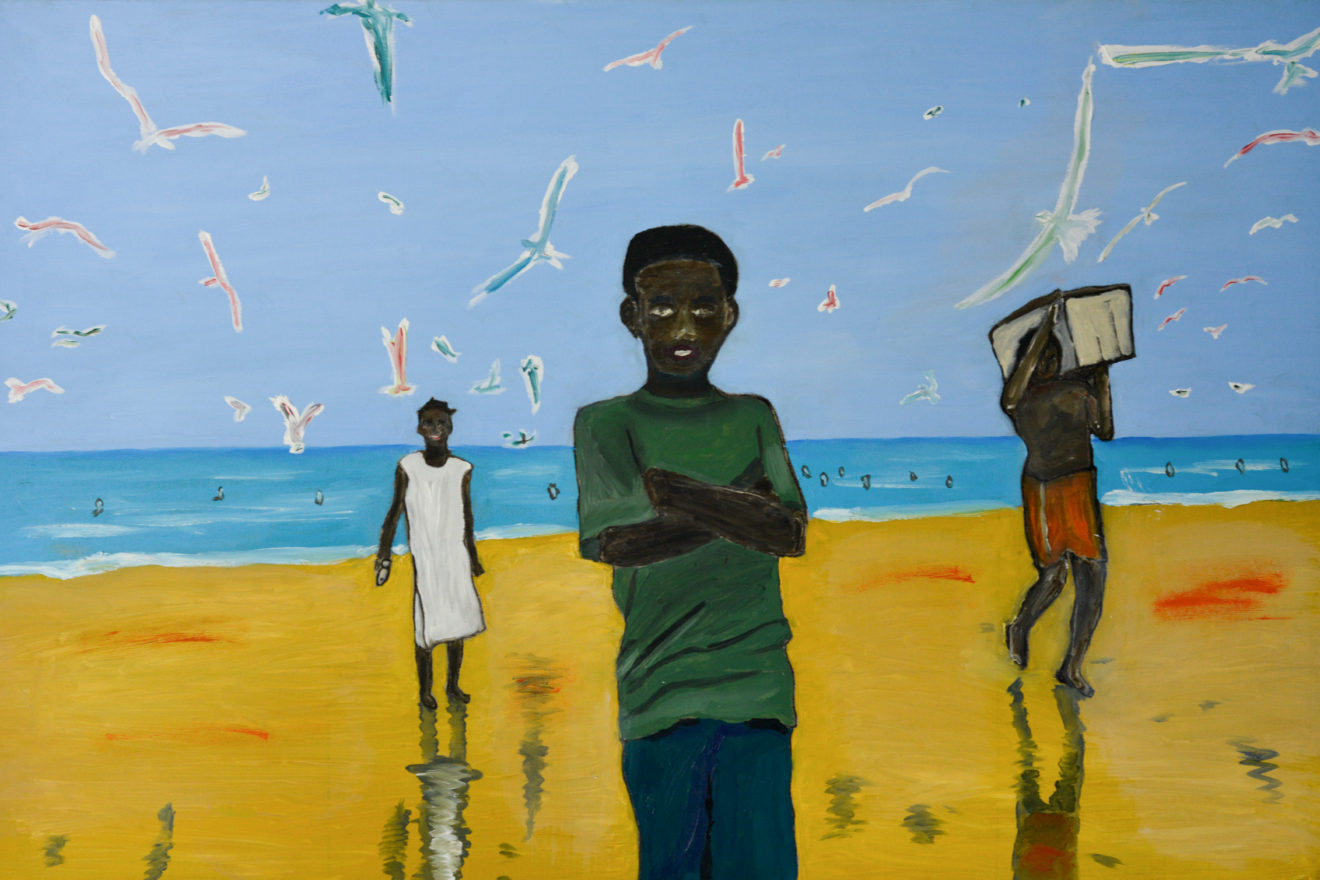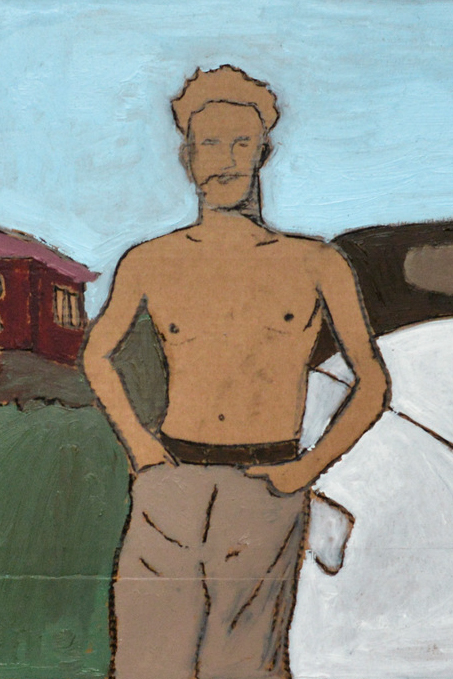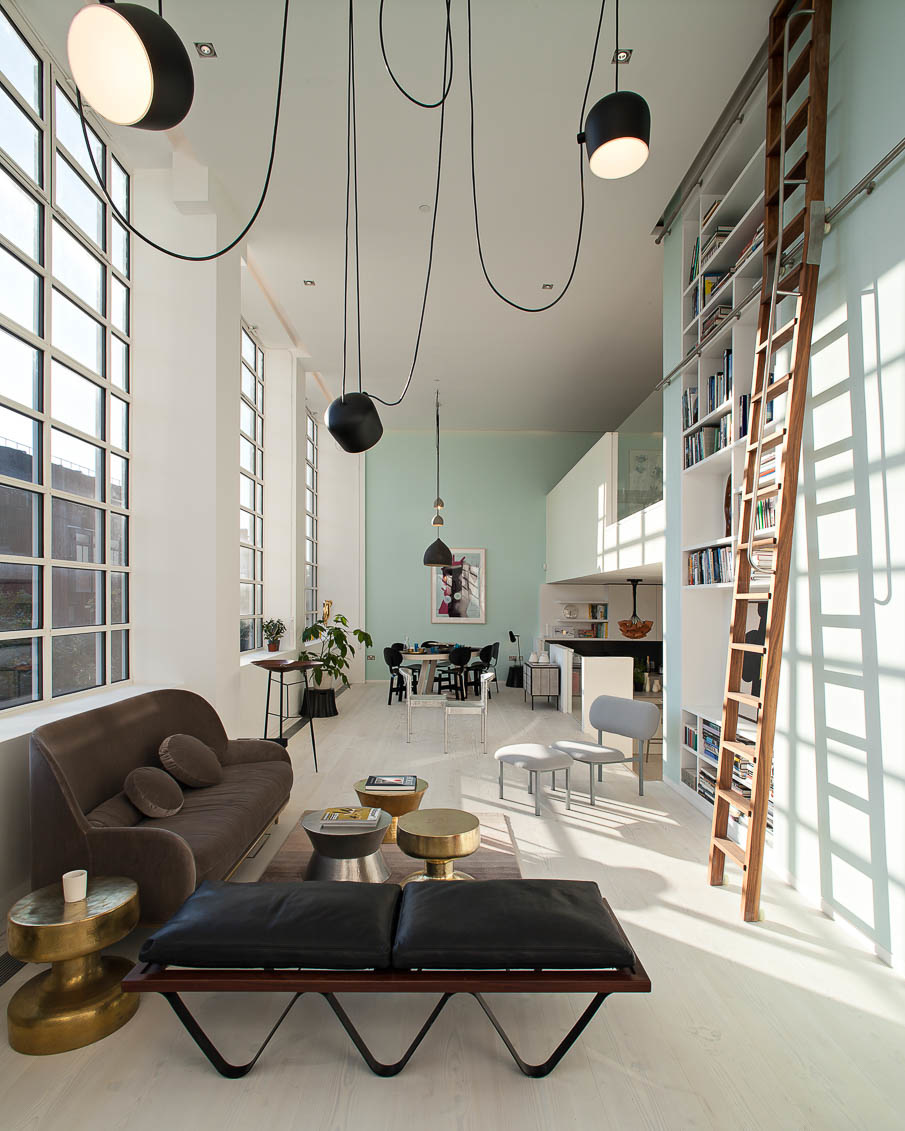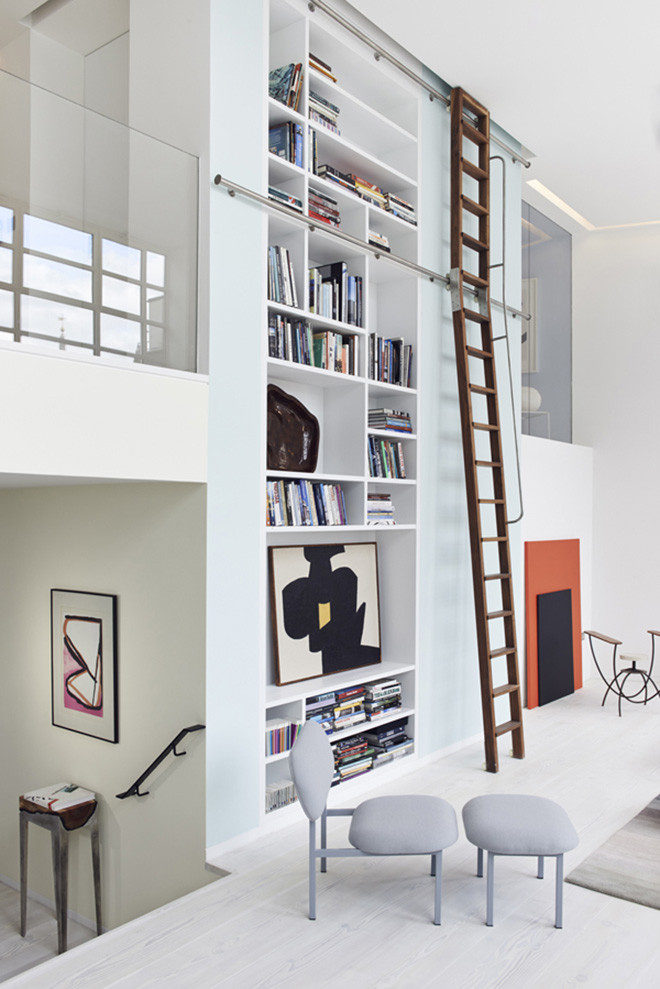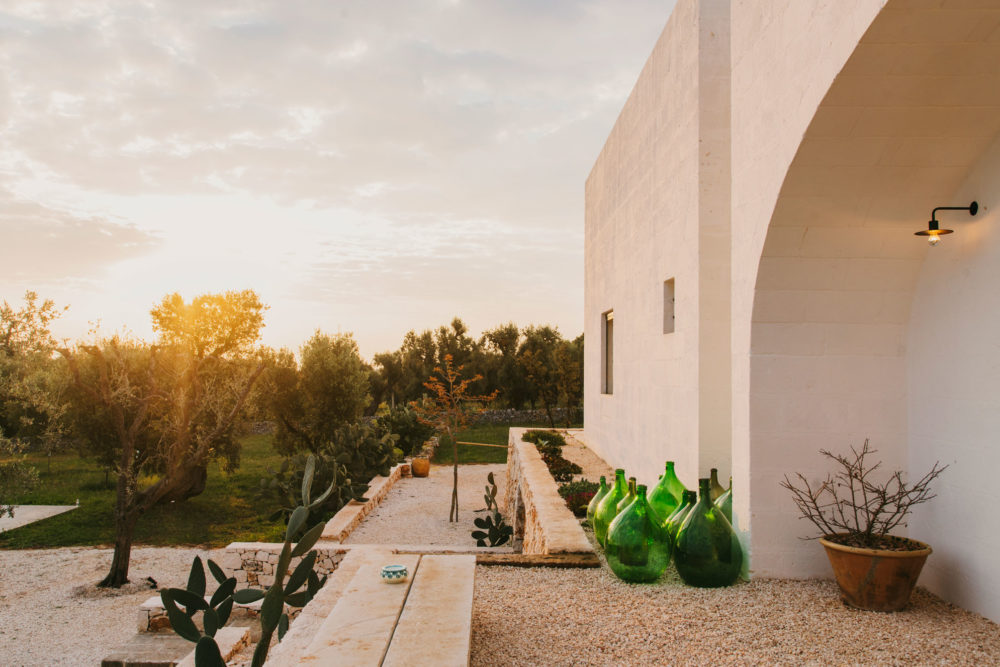Marc Peridis – 19 Greek Street
Marc Peridis is the interior designer, creative director and gallerist behind 19 Greek Street and sustainability columnist for House & Gardens. We met Marc for breakfast in Soho and discussed his approach to transforming spaces and his belief that we would all be better off approaching interior design and architecture by looking at what can be transformed within ourselves first, before flicking through magazines and creating mood boards.
The concept behind 19 Greek Street is to promote sustainability in design without forsaking the aesthetics of an object. Marc’s philosophy is an extension of that idea, that we should invest in what’s important right at the very beginning of the process and allow our surroundings to be informed by that discovery.
Back in March, Marc put this in to practice. He used what he had learnt about himself through his travels to Mongolia, Brazil, exploration of Shamanism combined it with his theory of space alignment and applied it to the gallery. At the time the gallery was becoming a challenge yet it was transformed almost overnight into a huge success, and Marc was inundated with requests from people wanting to work with the gallery in some way or another. Marc is just about to start his Sacred Spaces programme that explores, over the course of four months, the process of creating your own sacred space, a place that encourages you to be the best version of yourself.
I couldn’t approach a project in the same traditional way I used to. I feel like the first step is now to connect to the person, and try to align with the bigger picture for them, trying to find out what the objectives really are, this is important to me. Why do they want to change their environment, what things are they going through or have they gone through previously that make them feel that they want a change of surroundings? Some people will come to me who don’t feel that there is anything ‘wrong’ but they just want to make sure that they are getting the most from their space and we may discover something along the way that they hadn’t thought about. If someone has a property that isn’t selling there could be some alignment issues that need to be addressed. I have had clients who wanted to move homes but once we had completed the re-programming of the space they were happy and wanted to stay put. You can achieve different frequencies by doing different things but those frequencies must resonate with the people that inhabit the space and align with what they want to achieve for it to be a success. Only once you have established the former can you start looking at aesthetics and how those things will affect the person. I offer clients a range of services, some that scratch the surface, others that are deeper and some in between, but there is no simple formula.
I think that when you are renovating or building something from scratch you have a really nice opportunity. You should make sure that the alignment is correct at the beginning of the project. With that understanding every decision can come from that place – what architect you want to work with, what builders etc. Of course you should create a Pinterest board and get inspiration from magazines but what you need to do first is to really spend some meditative time in that space and let the decisions come from what feels right. Don’t just try to recreate something you have seen in World of Interiors that month. How do you want to feel in your kitchen? Do you want to feel creative, inspired, nurtured? Where have you felt that before? Where have you experienced that before? Go and look in nature and in everyday experiences for things that remind you of that place or feeling and bring them in as influences. Give yourself that gift of tapping into a deeper experience.
Dimore Studio in Milan have affected me directly. I love their work; it deeply resonates with me. Whilst they are not particularly accessible for the majority of people I think there is a trickle down from their aesthetic which is good. As a brand I think that Aesop do some great things in their shops and Soho House have a great concept.
I’m generally not huge on icons, I don’t seem to like what everyone else likes but Gio Ponti’s Bergere chair (the Triennale version in particular), I could happily spend a few hours reading a book in that chair, it’s a very special piece.
I have a statue that I bought in a market in Brazil, it’s the shape of two people kissing whose bodies intertwine to form an infinity symbol. I was instantly drawn to it because at the time I was learning about the transfer of energy and I am reminded of that when I look at it, the infinite possibilities we can create from the positive transfer of energy between the people and objects that we surround ourselves with. And a Turkish plate, as soon as I put it down on my table it lifted the whole space.
I see it polarising – I see more H&Ms of interior design. I don’t think it’s a bad thing, hopefully it will mean that these people make an effort to inject more soul in to what they produce, like Ikea getting Ilse Crawford to design a range for them, that’s amazing. Making good design more accessible to people is a good thing. On the other hand, I feel like what I am talking about is going to become more widely accepted with a move by people towards something less superficial. Ideally I would like to design less and less, I believe in empowerment and I would like to provide information for people by creating programmes, books.
The Architecture of Happiness by Alain de Botton. It makes sense of a lot of things. I don’t feel like enough people take the time to explain the mechanics of things. I want to explain the science behind what I am doing in a way that people can understand. I really want to share this information with people so I have created a programme where I will be giving detailed information, over a period of four months. Once people have that knowledge they have it forever and can use it wherever they go and share it with other people, I want them to share it and to spread the ideas.
My home is in a small town in Spain called Sitges. It’s an interesting place that was a beach side retreat for artists like Picasso and Guadi. I moved to the apartment when I had just come out of a really busy period of my life and I had found this inner peace so it was important to me that I was able to have guests stay who I could share that with. The colours are really important, I choose colours that remind me of the sunrise, of passion and personal growth, light purple, pink with hints of warmth. Blue in the front room, that is the colour of manifestation, of getting things done, its where I do most of my work. I have lots of plants from all over the world so that I can feel that connection with nature. I have beautiful artworks by a friend, Stephen Morallee that embodies positive energy. Sustainability is important also. When someone is making something sustainably they are putting in an intention of optimism and ultimately a universal love and that is a really positive energy to bring into your home and that is a good investment to make in yourself and your surroundings.
Firstly, home is your feeling of balance and inner peace. When I have this feeling I can feel at home anywhere. Secondly, it’s the translation of that feeling in to a physical space. You can share that feeling with people and that’s wonderful, what a gift to be able to share that with people when you invite them into your home, they can see the depths of your being and who you really are.


